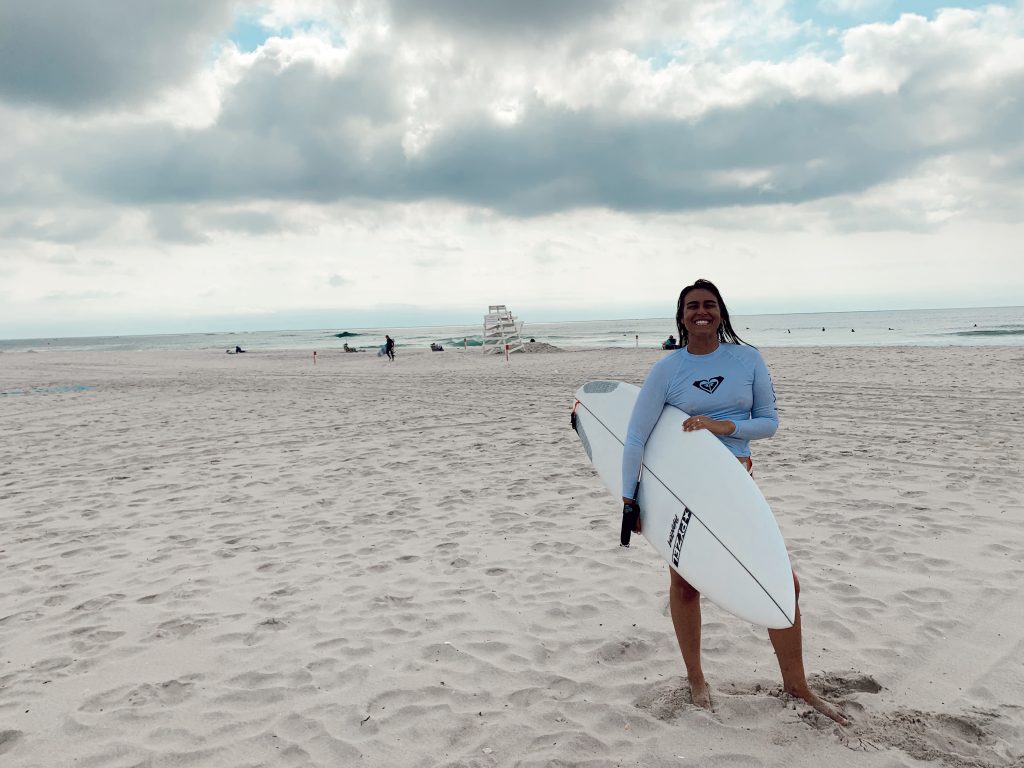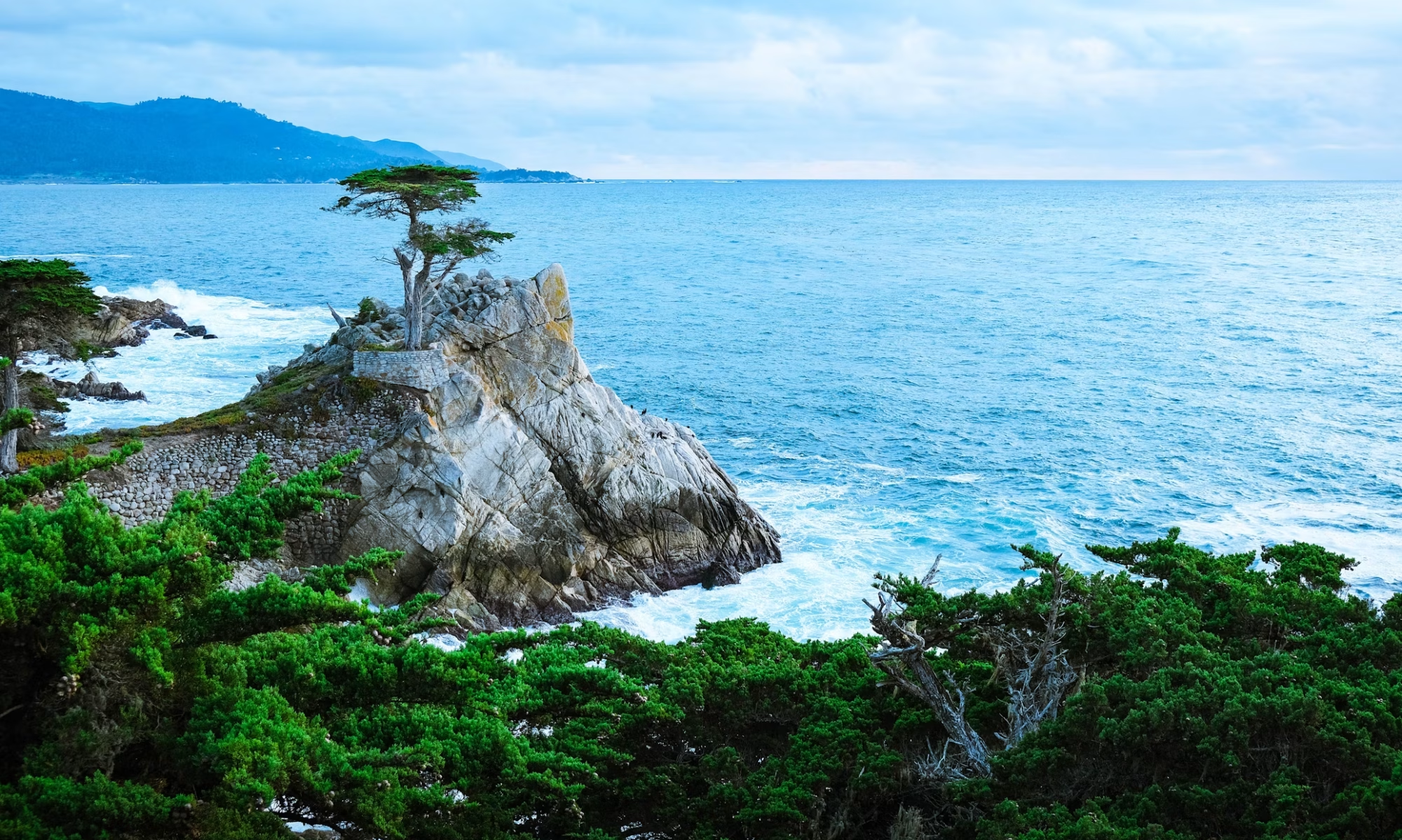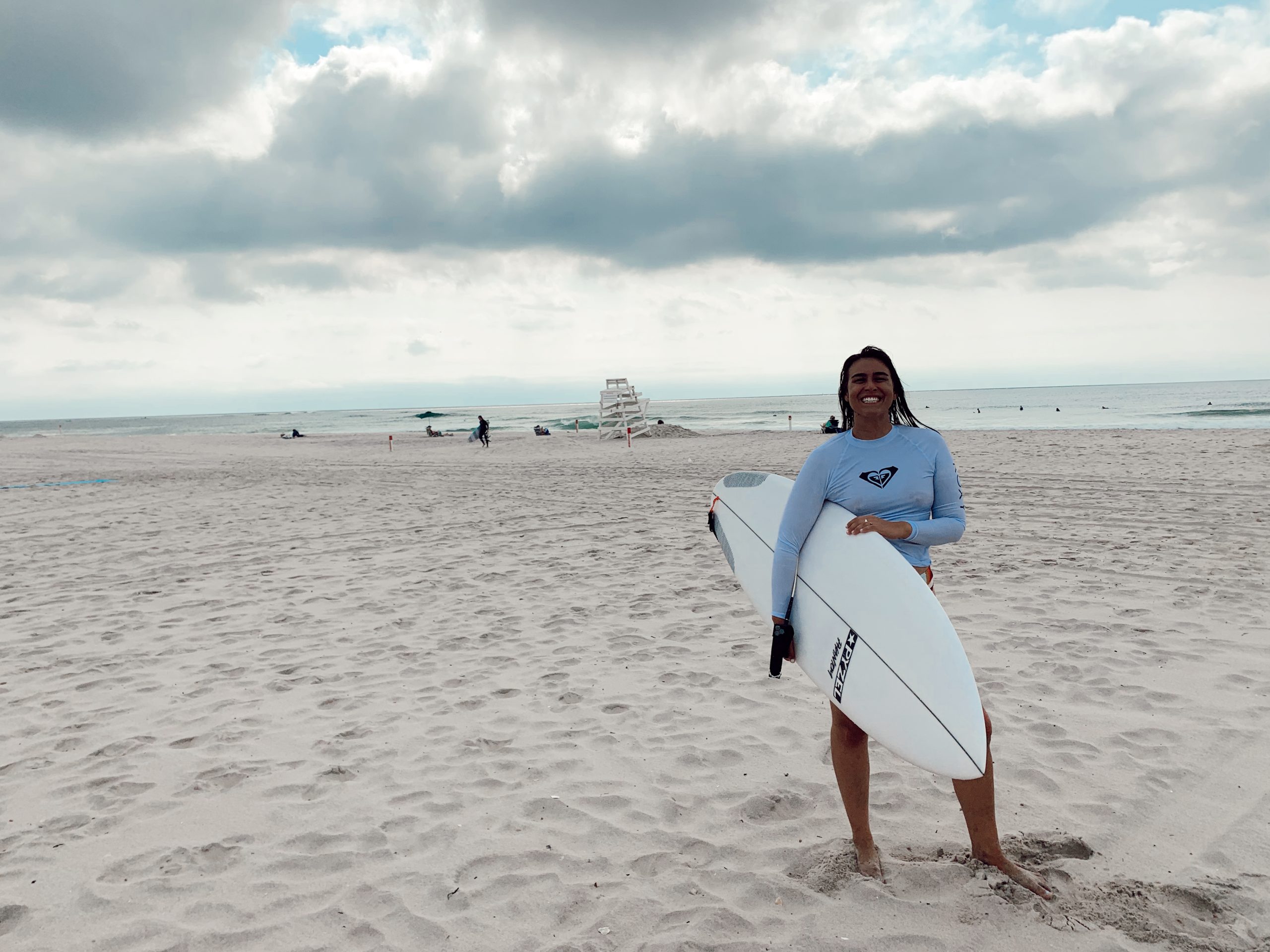
Annie describes a summer internship opportunity with Save the Waves Coalition. Modeling the impact of surfing in Chile on housing — all while staying (and surfing!) in the United States.
Similar to most students, my plan for this past summer was severely altered by COVID-19. I began conversations with Save the Waves Coalition in February and was excited about the prospect of having an internship with them over the summer. After more discussions we settled on a research project with their partner organization, Fundación Punta de Lobos, in Chile. The project was going to be an updated Surfonomics study to compliment the last edition done in 2013. The goal was to show the economic benefits that surf tourism brings to the community of Punta de Lobos to influence policy makers in preserving the wave and therefore the coastal ecosystem. As an avid surfer and ocean lover this was a passion project for me, and my first time delving into conservation at this level. My personal goals for growth were very much based around the ability to be in Chile, as well as the structure of the study itself. Once we realized traveling to Chile would not be an option, I began finding ways to pivot the study to accommodate the new COVID-19 restrictions.
I have learned to be more flexible, patient, and creative.
My strategy was to design a study that requires little to no face-to-face interactions with the local community. Essentially, all the data needs to be accessible online. Luckily the head of my department, Jason Scorse, had done a study in Santa Cruz doing just this. So instead of a travel-cost study we are conducting a hedonic pricing method in which we will evaluate the impact surfing has on the housing market. We have chosen three areas to compare, one that is close to a great surf break that is known for only surfing, one that is close to a beach with no surf, and lastly a beach with not so great waves. The hedonic price method will show whether or not the houses near the beach with good surf are higher than the other locations. In Jason’s study in Santa Cruz his results showed that the houses close to the good surf break had higher value than the other houses near beaches with no surf.
This made me think about how I view culture and examine how communities interact with their local environment.
Navigating this study with the challenges that come with being remote has been a huge part of this experience thus far. I have learned to be more flexible, patient, and creative. Part of the challenge has been not able to learn about the community first-hand, see the coastline and understand its threats, or understand the culture and the way the surf community is. To overcome this challenge, I learned to ask more questions, and what types of questions to ask. This made me think about how I view culture and examine how communities interact with their local environment. So, while I didn’t have the summer internship I was planning on, the challenges brought about new learning experiences I was able to benefit from. Going forward I am continuing to work on this project and hope to have the final study done by December.




You must be logged in to post a comment.